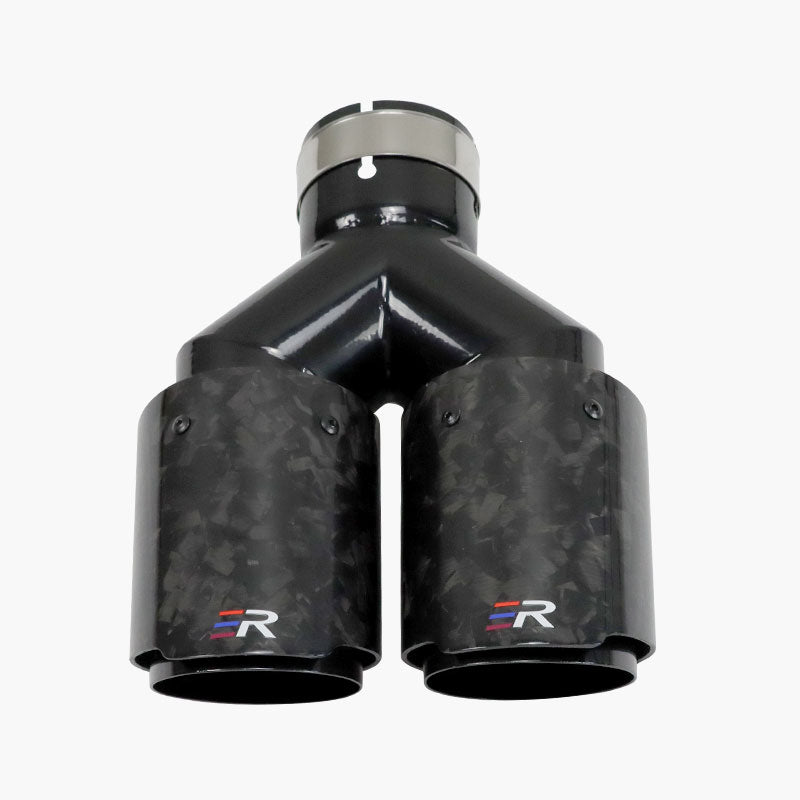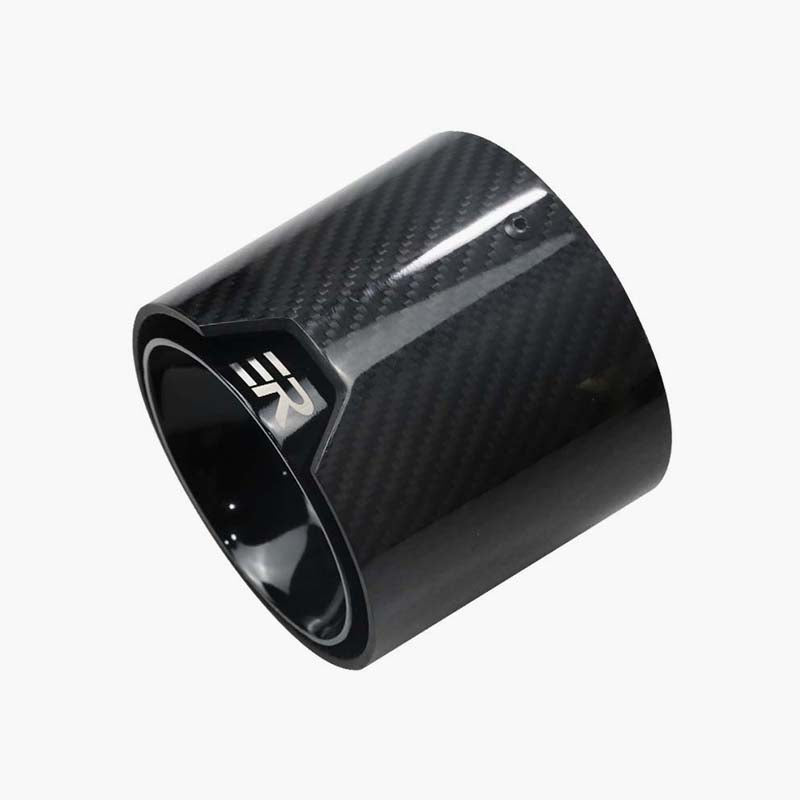The automobile exhaust system is an important part of the vehicle. It not only affects the performance of the vehicle, but also plays a key role in environmental protection. This article will introduce the basic components and functions of the automobile exhaust system in detail.
1. Exhaust Manifold
The exhaust manifold is the starting point of the exhaust system. It connects the cylinders of the engine, collects the exhaust gas after combustion and guides it into the exhaust pipe. The design of the exhaust manifold has a direct impact on the performance of the engine. A high-quality exhaust manifold can improve the exhaust efficiency and enhance the engine power.
2. Catalytic Converter
The catalytic converter is the environmental guardian in the exhaust system. It converts harmful gases (such as carbon monoxide, nitrogen oxides and unburned hydrocarbons) into harmless water vapor, carbon dioxide and nitrogen through chemical reactions. The catalytic converter is a key component to reduce automobile exhaust pollution.
3. Muffler
The main function of the muffler is to reduce exhaust noise. It reduces the noise of high-speed exhaust through the porous pipes and sound insulation materials inside, making the vehicle quieter when driving. The design of the muffler also affects the exhaust back pressure, which in turn affects the engine performance.
4. Exhaust Pipe
The exhaust pipe is a pipe that connects various exhaust components and is responsible for transporting exhaust gas from the engine to the rear of the vehicle. The diameter and length of the exhaust pipe will affect the exhaust flow and back pressure, which in turn affects the power output of the engine.
Conclusion:
The automobile exhaust system is a complex system, and various components work together to ensure efficient operation of the engine while reducing pollution to the environment. Understanding the basic composition and function of the exhaust system will help car owners better maintain their vehicles and extend their service life.





